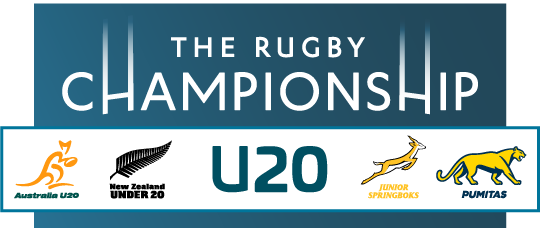An increased focus on yielding fast clean ball from the ruck and enforcing the letter of the law meant that there were some adjustments during the opening round of the 2012 Investec Super Rugby season.
SANZAR and Game Manager Lyndon Bray has confirmed that the ‘Big 5’ priorities (in place since 2010, the two new priorities for 2011 are improving scrum completion and minimising offside at ruck) are designed to promote more positive play, and four of these focus around the ruck and breakdown.
Three of the aims - to have tackled ball available within three second 70% of the time, have less than five offside ruck offences, and 90% accuracy turning over at the tackle – lead to the fourth, which means that there is aim to have the ball in play for at least 40 minutes a match.
This led to a tighter opening round, where no team scored a four try bonus point, while the fewer tries per match (less than three for round one) were matched by increased penalties (nearly nine per fixture).
Added to this was the increased intensity of the now regular derbies, where often the battles turn into something of a war of attrition rather than a free flowing affair.
Reds coach Ewen McKenzie, who helped transform the Reds into one of the best attacking teams, as well as a proficient student of the breakdown area despite the 2011 loss of vice-captain Daniel Braid, said that patience was required for now.
He told AAP that his Reds wanted a quick game, but knew sometimes they would face opposition who would try and slow proceedings.
"It's a pity that all these derby games turn up at the front of the season,” he said.
"We'd like to express ourselves but we know that teams will come and try and slow things down and try and make a real dogged contest out of it."
McKenzie felt that the priority to look at what the defence was doing, without being too heavy handed on attack minded outfits.
"For the game to work properly you have to be refereeing the defence first," he said.
"You have to have the confidence to attack and that's why these first three weeks can be awkward.
"You're still trying to find out exactly how the game's going to be played and you don't want to get caught out by it. It's a bit of a balancing act at the moment and everyone understands why."
The fifth priority, aiming to have 70% of scrums completed at first hit, was something that was a big positive in round one.
Bray said the focus on the breakdowns did result in some teams being punished by referees keen to ensure technical accuracy, but also acknowledged there were plenty of franchises who were working hard to follow the law.
Entering through the gate, not hitting the ruck from the sides, players keeping their feet, and specific emphasis on releasing the ball carrier to allow efficient ball for team’s in possession was on display – and will likely become more apparent as the season progresses.
Scrum engagement was a big priority for improvement, after it was revealed that less than 50% of scrums were completed on the first hit in 2011, and while they may have fell short of SANZAR’s ‘budget’, it was reported that nearly 60% of scrums were completed during the opening week.
"You find by round three, four and five that teams are back in the groove and (play more efficiently) your patterns and trends," Bray said.
"I think if you're looking at what we're trying to work on improving with more space and better scrums round one was very successful."





